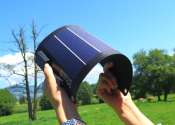Improving portraits by adding light after a picture was taken
Recently, Google introduced Portrait Light, a feature on its Pixel phones that can be used to enhance portraits by adding an external light source not present at the time the photo was taken. In a new blog post, Google explains ...









